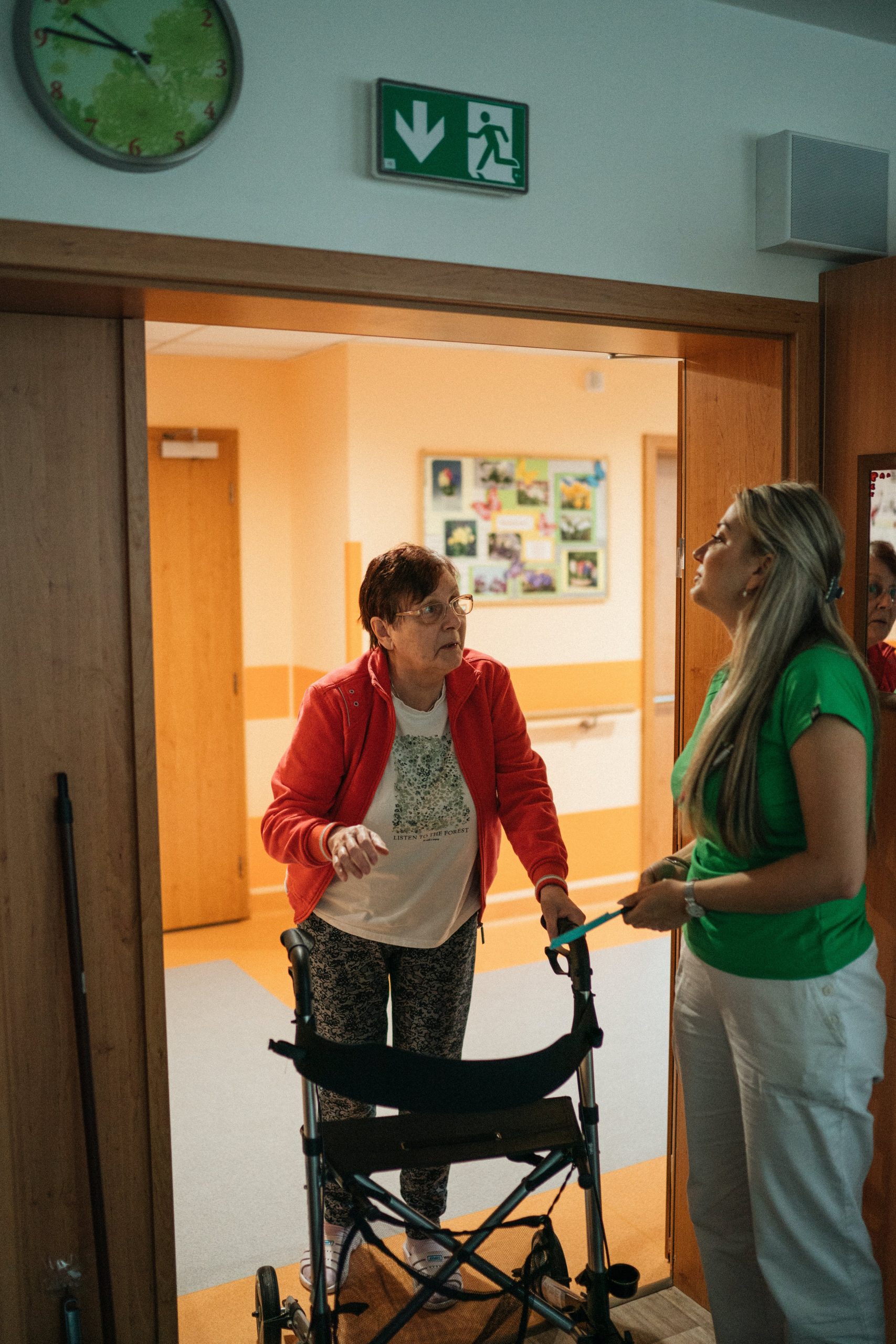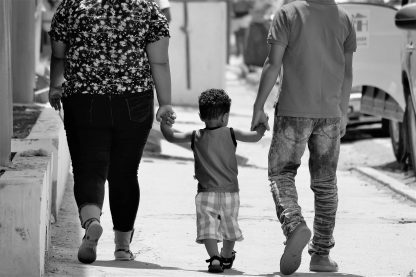Table of Contents
Screen Babysitters Thoroughly
When selecting a babysitter, it is crucial to thoroughly screen potential candidates. This helps to ensure that the babysitter is reliable, trustworthy, and capable of providing a safe environment for children. Screening should involve conducting interviews, checking references, and performing background checks.
During the interview process, ask thoughtful questions to gauge the babysitter’s experience and qualifications. Inquire about their knowledge of CPR and first aid, as well as their ability to handle various situations. References offer valuable insights into a babysitter’s previous experiences, and they can provide reassurance regarding their competency and reliability.
Conducting background checks is another essential step in the screening process. While every background check varies based on location, it should include searching criminal records, obtaining driving records, and inquiring about past employment. Remember to comply with legal regulations when performing background checks.
On-Demand Childcare in Your Neighborhood
Book a Sitter
Create a Safe Environment
To ensure the safety of children when babysitters are present, it is essential to create a safe environment. This involves taking steps to prevent accidents and minimize potential hazards. Begin by conducting a thorough safety assessment of the home. Identify any potential dangers such as sharp objects, toxic substances, or insecure furniture. Address these issues promptly and make necessary modifications.
Be proactive in implementing safety measures. Install safety gates at the top and bottom of stairs to prevent falls. Use outlet covers to protect young children from electric shock. Secure heavy furniture to walls to avoid tipping accidents. Ensure that functioning smoke detectors and carbon monoxide detectors are present in the home. Install window locks or guards to prevent accidents and falls. Additionally, keep all cleaning supplies, medications, and sharp objects out of reach or locked away.
Develop Emergency Procedures
Even with careful planning and thorough screening, accidents can still occur. Preparing for emergencies is vital for every babysitting employer. Develop clear and concise emergency procedures and communicate them to the babysitter. Establish guidelines for contacting emergency services, and provide important contact numbers such as parents’ phone numbers, poison control, and the nearest hospital.

Outline emergency procedures for various situations, including fires, natural disasters, and medical emergencies. Ensure the babysitter knows the location of fire extinguishers, fire alarms, and emergency exits. Teach them how to perform basic first aid skills, such as CPR and choking relief techniques. Discuss how to recognize signs of illness, allergies, or emergencies specific to the child under their care. Maintaining an updated first aid kit is also crucial.
Encourage Open Communication
Maintaining open lines of communication with your babysitter is key to ensuring the safety and well-being of children. Make it clear that the babysitter should feel comfortable expressing any concerns or asking questions. Establish regular check-ins or follow-up conversations to discuss ongoing childcare needs or any issues that may have arisen.
Maintaining a shared calendar or schedule can help both the employer and babysitter stay organized and on the same page regarding appointments, activities, and routines. Additionally, encourage the babysitter to keep records of any incidents, accidents, or illnesses that occur while on duty.
This information can be helpful for future reference or in case of any necessary medical follow-ups.
Ensure Proper Training and Education
Providing babysitters with the necessary training and education is crucial in ensuring their ability to handle any situation that may arise. Knowledge of first aid and CPR is essential, as they may need to respond swiftly in emergency situations. Babysitters should also be trained in basic child care techniques, including maintaining hygiene, feeding, and managing sleep routines.
Various organizations and institutions offer courses specific to babysitting and child care. Encourage babysitters to enroll in these programs to enhance their skills and knowledge. Training should also cover topics such as age-appropriate activities and play, conflict resolution, and managing difficult behavior.
In conclusion, the safety and well-being of children should always be the top priority for babysitting employers. By thoroughly screening babysitters, creating safe environments, developing emergency procedures, encouraging open communication, and ensuring proper training, babysitting employers can rest assured that their children are in capable hands. Remember, safety procedures are not static and should be revisited periodically to address any changes in the home, the children’s needs, or emergency protocols.










